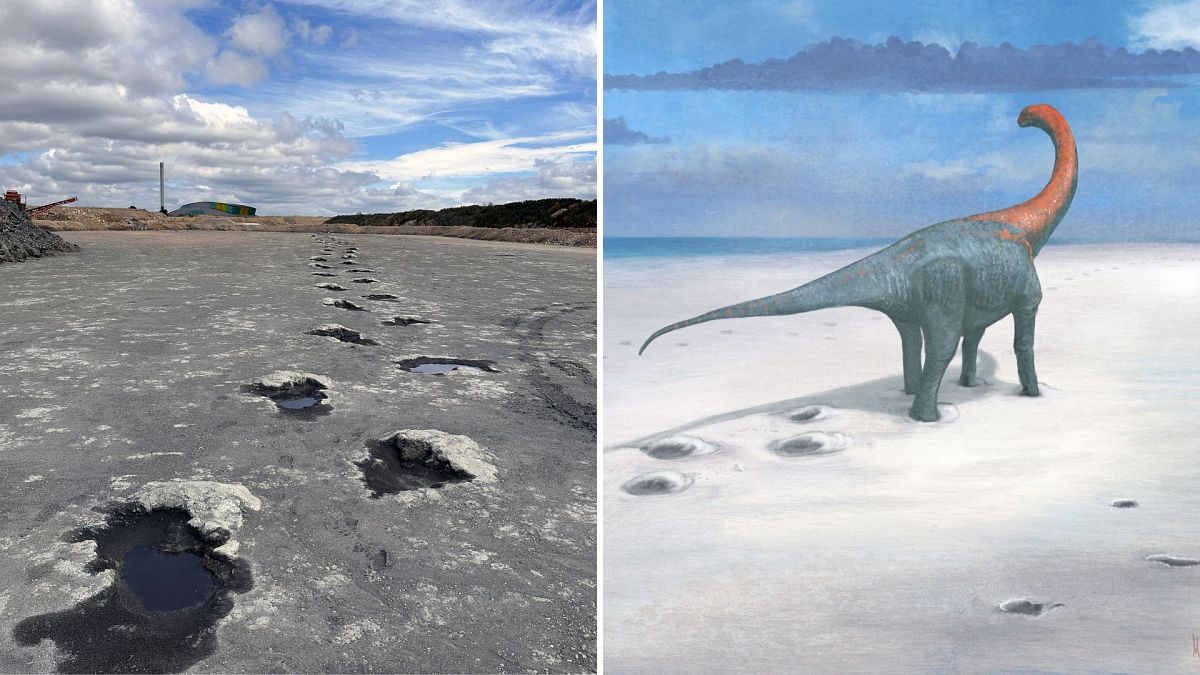
In 1831, somewhere on Earth's surface a massive volcano opened wide its jaws and belched forth so much ash and smoke that the skies dimmed, cooling the Northern Hemisphere.

The right therapy can dramatically boost the self-healing capabilities of the human heart after heart failure, a new study has found - giving the vital organ regenerative powers even beyond those of a healthy heart.

However, some of the most extreme Tees are linked to psychedelic substances, such as LSD or ayahuasca.

The UK’s largest dinosaur trackway has been uncovered in a quarry in Oxfordshire, revealing a fascinating glimpse into the Jurassic past.

Researchers identified the genetic background of the previously known but mysterious AnWj blood group antigen. The findings allow identification and treatment of rare patients lacking this blood group.

In new research, physicists have theorized a bold way to change it up by entangling two particles of very different kinds – a unit of light, or a photon, with a phonon, the quantum equivalent of a wave of sound.

A team of Swiss geophysicists thinks they have found the answer in Earth's molten iron core which causes tiny alterations affecting the planet's rotation.

Combining several existing datasets, scientists zeroed in on thousands of potential new genes that make roughly 3,000 miniproteins.

Fossilized skeletons and shells clearly show how evolution and extinction unfolded over the past half a billion years, but a new analysis extends the chart of life to nearly 2 billion years ago.

For the first time, researchers observed a type of quasiparticle that behaves in an unusual way. It only has mass moving in one direction.

A male humpback whale that traveled three oceans, during the years 2013 to 2022. This whale has now broken the record for the longest documented distance yet traveled by a humpback. The animal undertook a journey of 12,875 km.

Capable of handling extreme cold, acid, and dehydration, the microbe Deinococcus radiodurans handles doses of radiation that would kill a human tens of thousands of times over.

International researchers have confirmed a theory that proposes a connection between the complementarity principle and entropic uncertainty.

An experiment more than 10 years in the making has delivered its first glimpse of the hurricane of particles whirring inside subatomic particles called neutrons, laying the groundwork to solve a mystery deep in the heart of matter.

Healing of broken bones and other damaged tissue could be boosted by 3D-printed implants made of materials based on patients’ own blood, according to researchers.